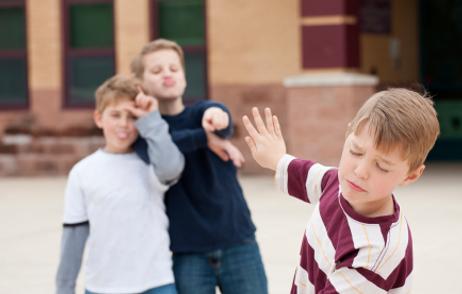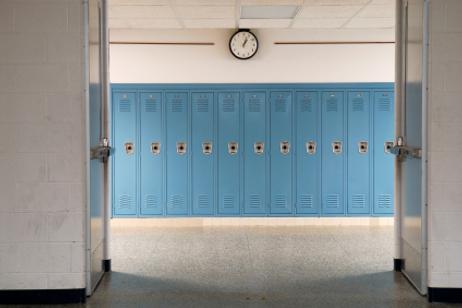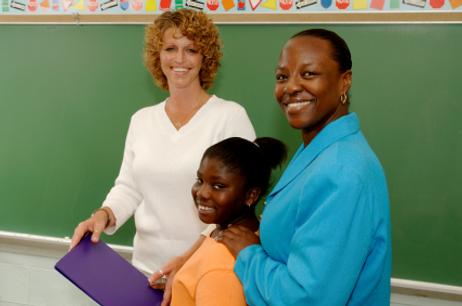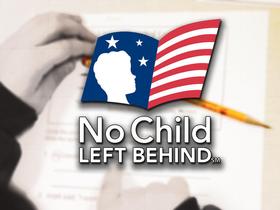The high school graduation rate is a "barometer of the health of American society and the skill level of its future workforce," according to Heckman and LaFontaine, the authors of a 2007 study. From a different perspective, graduation from high school can mean the difference between an individual student's future success and a future marred by unemployment, poverty, and even crime. Whether the viewpoint is broad or narrow, the significance of a high school diploma is evident. This article discusses government efforts to improve graduation rates, examines a recent study that attempts to gauge the magnitude of the dropout problem, and suggests steps that parents can take to encourage their children stay in school.
Introduction
In an age of information technology and a global economy, high school graduation is a minimum requirement for higher education and gainful employment. It is surprising, therefore, that there is no national average graduation rate on which all experts can agree. That is because there are numerous methods for calculating graduation rates. Estimates have ranged from 66 to 88 percent as a national average graduation rate, with 70 percent accepted by many authorities as the best estimate. Moreover, an average graduation rate does not tell the whole story. Black and Hispanic students drop out at higher rates than Non-Hispanic white students and Asian/Pacific Islander students. Students in urban environments are much less likely to finish high school than students in suburban areas. In some years, boys drop out at a higher rate than






















